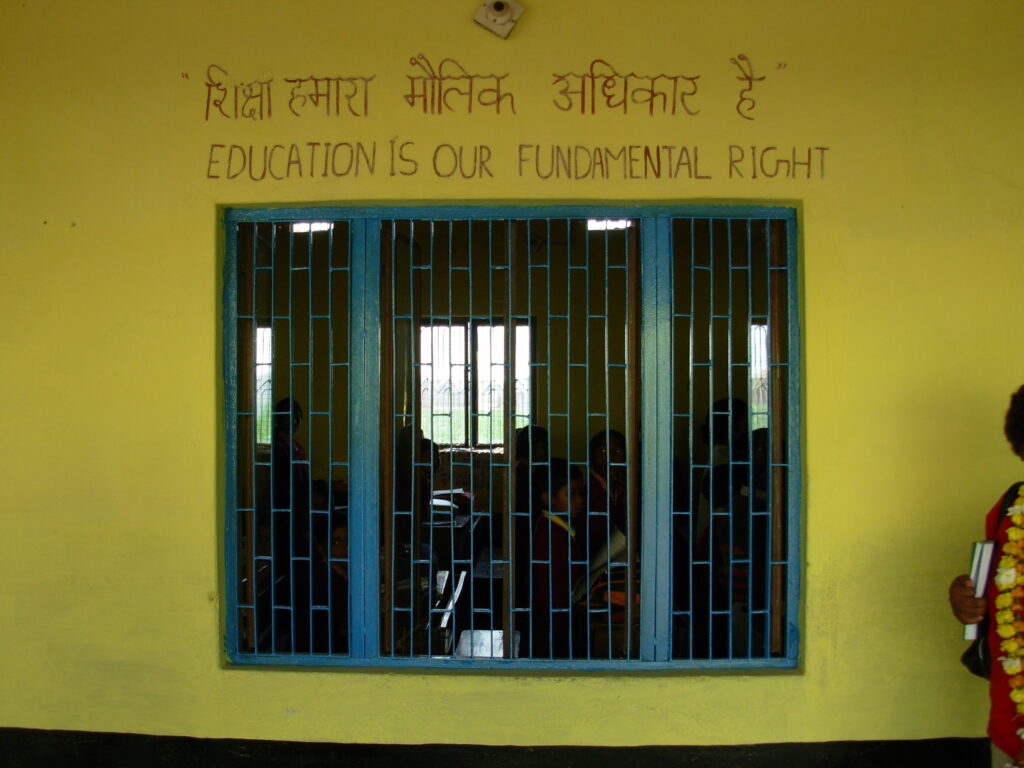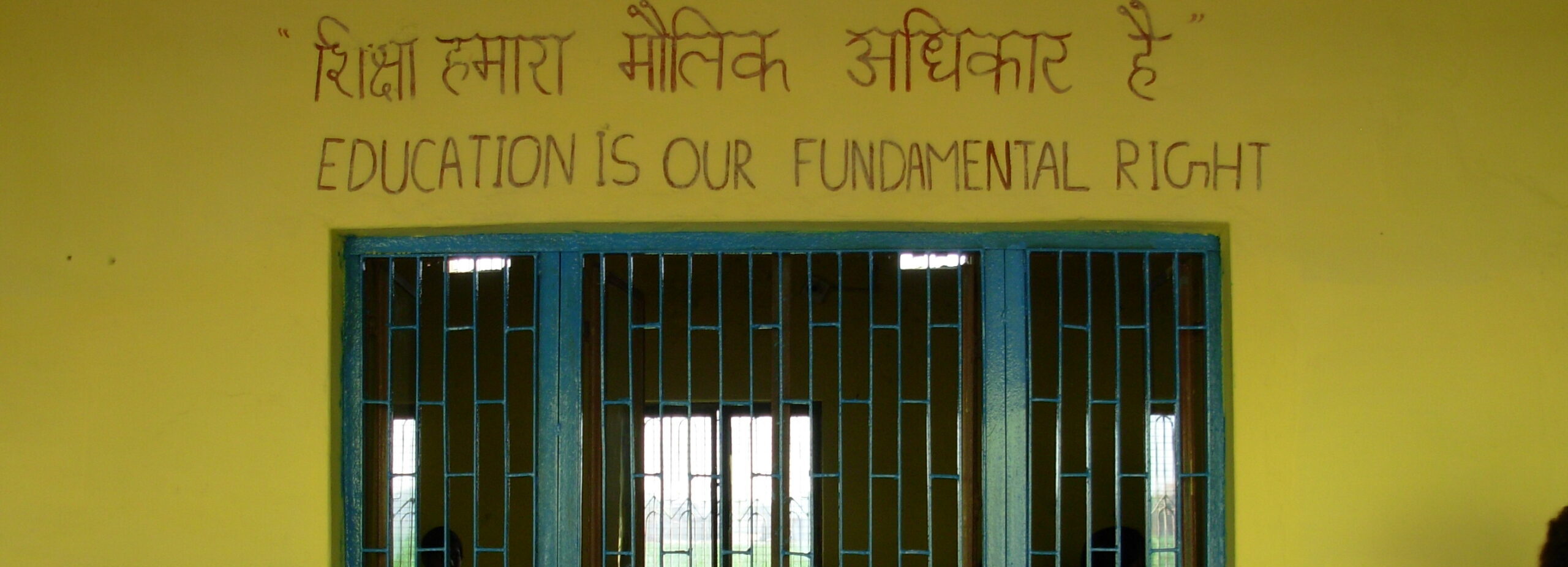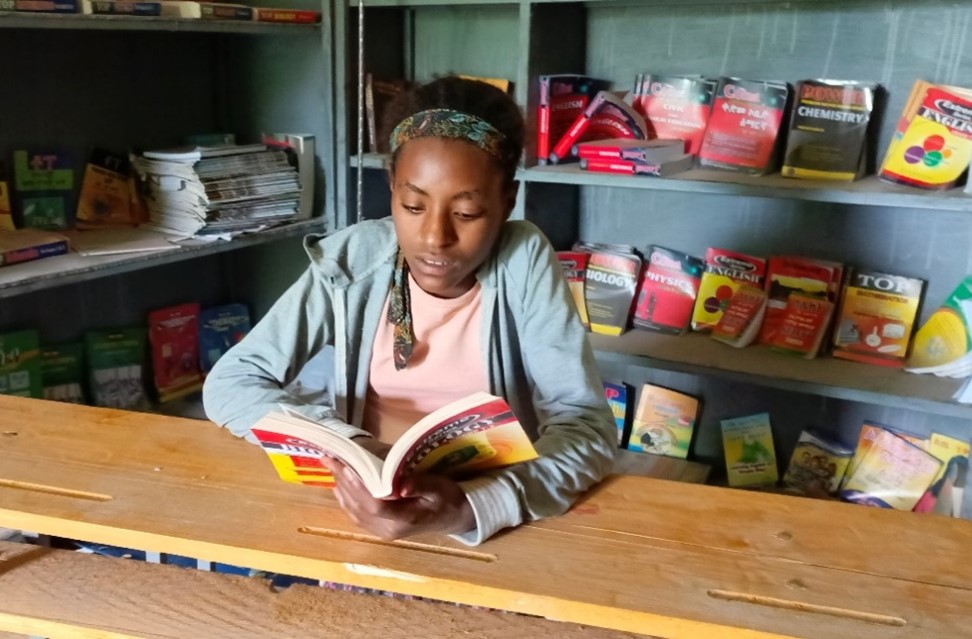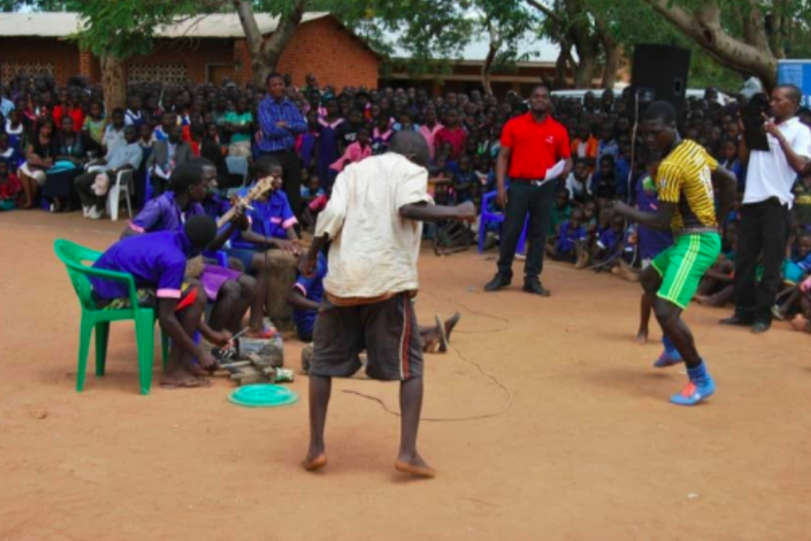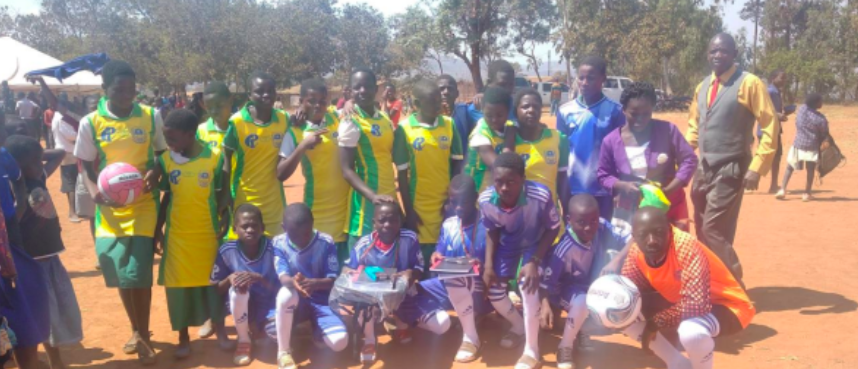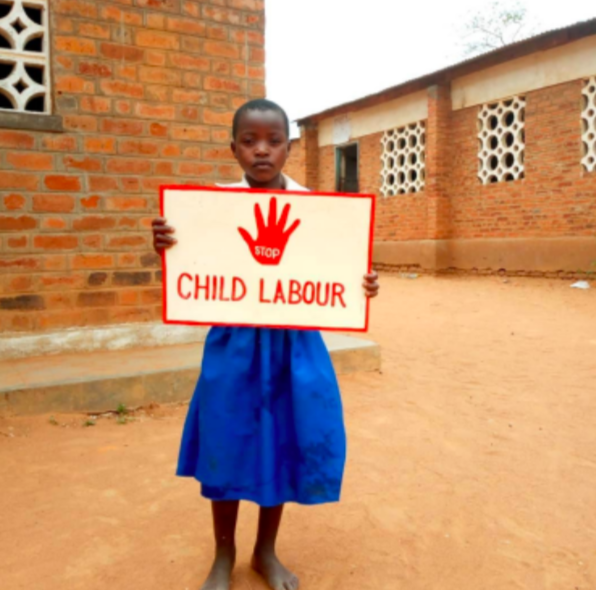“MV Foundation considers any child who is not in school to be a child labourer, irrespective of the work he or she does. It firmly believes that every child not in school can become a potential student and every child in school can be a child labourer, if he or she drops out of school.’’ – R. Venkat Reddy, MV Foundation
Venkat considers that internationally accepted definitions of child labour, such as those of the International Labour Organization (ILO) and UNICEF, often fall short if viewed in the context of children. Most children who are engaged in myriad forms of work are not covered by such definitions, or by the Indian government’s definition.
To emphasise this point, Venkat cites instances of children who are not counted officially as engaged in child labour but continuously take care of their siblings at home while missing out on school. He therefore argues that there should not be any distinction between the types of work children do, whether the work is paid or unpaid, or whether it takes place in the child’s home or on another household’s farm. Only in this manner, Venkat believes, can the rights of all children to education and to enjoy their childhood be addressed by concerted efforts to eliminate child labour.
The MV Foundation has adopted an area-based approach to protecting the rights of all children and ensuring they attend full-time formal schools. This involves working towards the declaration of child labour free zones (CLFZs) – defined areas, such as villages, where everyone agrees that no child should be working and every child should be in school – and all work together to achieve this. CLFZs can inspire actors in other areas to join the movement. Besides India, the CLFZ approach has become a successful intervention in countries such as Ghana, Morocco and Uganda.
Venkat mentions that, where children are out of school, it is necessary to draw up specific plans to withdraw them from work and make all arrangements to prepare them for integration into schools. For children already in school, planning needs to ensure they stay at school without disruption.
During our interview with Venkat, we discussed the key principle of CLFZs, the bridge school concept, the challenges of upscaling CLFZs in India and beyond, and the future of CLFZs.
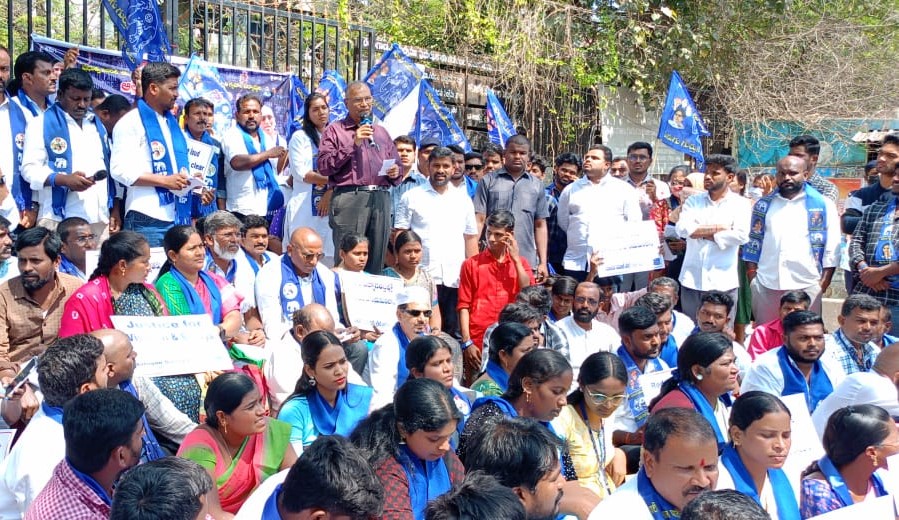
CLFZs: the key principle
“In a child labour free zone, every individual matters. It doesn’t matter if it is a parent or non-parent, village head, local councillor, farmer, mason or schoolteacher. Everybody matters. That is the key principle.’’ – R. Venkat Reddy
While sending children to school is an important factor in a CLFZ, the approach relies on the involvement of the entire community to ensure no child is engaged in any form of work. This deliberate mobilisation of the entire community on behalf of children distinguishes the CLFZ from traditional child labour programmes where campaigners often go to the children and their parents to motivate both to ensure the children attend school.
Venkat explains that the CLFZ programme aims to change people’s mindsets so that the existing social norm, which justifies child labour, transforms into a justification for education. “Everyone must be included; nobody is dispensable here,” he says.
It can be difficult for a single organisation to monitor children daily within a CLFZ. However, the MV Foundation realised that involving the whole community in watching helps ensure children stay in school. And if the entire community is involved in supporting children to go to school, each child is much less likely to drop out of school. “Opinion makers and influencers” such as community mobilizers play a particularly important role. When people in a community are vigilant against child labour, this reduces the burden on the MV Foundation and its volunteers.
However, the story does not end here. Venkat acknowledges that the real challenge lies in keeping a child at school. For example, one of the difficulties occurs when a family migrates to another place. When they move away from a CLFZ with their parents, children won’t necessarily join a school in the place they move to. It can pose a major challenge to a community to trace migrant children and ensure they continue with their schooling. Therefore, the MV Foundation also places emphasis on community training in its work.
Bridge school
On the computer screen, Venkat shows himself speaking during a public meeting on children’s rights. After the meeting, a police officer and guards come to Venkat. One of the guards says to Venkat: “Sir, I was a child labourer earlier but went to school through your bridge course.”
After the implementation of a CLFZ, the guard had the opportunity to go to bridge school and catch up on his lost years of schooling. Bridge school was one of the outcomes of a trial-and-error process the MV Foundation’s programme went through. Bridge school focuses on preparing children aged 9 to 14 years to (re)integrate into the formal school system. It enables children to catch up quickly on their lost schooling and rejoin the grades of their peers.
Venkat points out that children who are not in school with peers of the same age will lose interest and usually drop out of school.
Another important feature of bridge schools is that classes take place during the day. Before the introduction of bridge schools, the Indian government and the MV Foundation ran so-called night schools. There was a common perception that children could work during the day and go to school in the evening. However, the Foundation soon realised that night schools would still legitimise child labour. Venkat understood that the system had to be reorganised to ensure schooling took place during the daytime.
The introduction of bridge courses has become an important step in the fight against child labour.
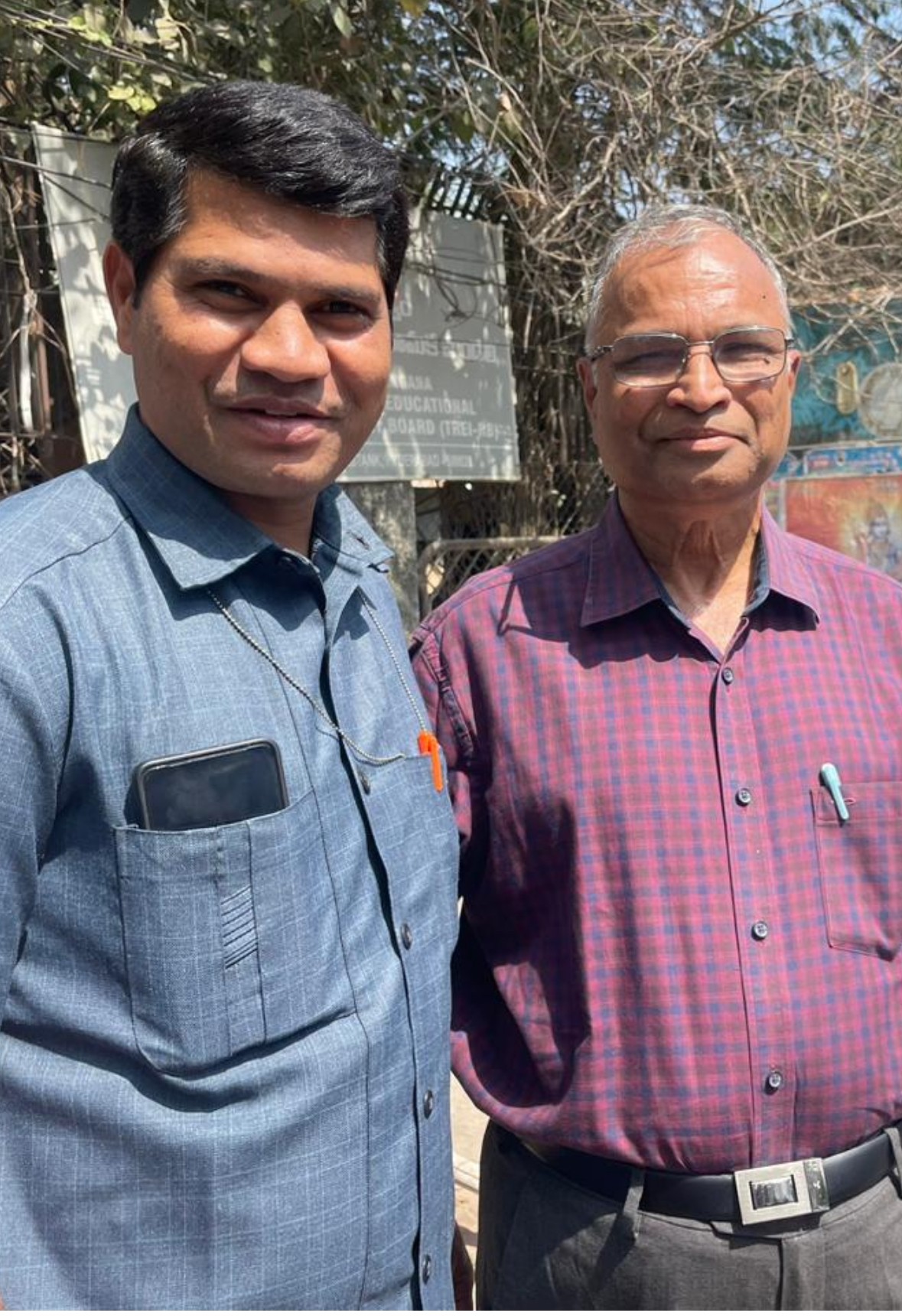
Upscaling CLFZs
“One basic and non-negotiable thing should be: believing that no child should work … The belief [that no child should work] is replicable.’’ – R. Venkat Reddy
If an intervention works in one area, this doesn’t guarantee it will also succeed in another context. Adaptations are often needed to make CLFZs work in different environments. Venkat mentions that he is often confronted by people he has to convince of the potential of a CLFZ. For example, when seeking to establish a CLFZ in northern India, he received comments such as that the approach would never work because this was not southern India.
Venkat is aware of such differences, which require more investment of time and money in some areas than in others. However, despite there being different contexts and traditions, for Venkat: “The communities are often the same. Parents are the same, and children are the same, and they share the same smiles.” To make people believe, it is usually necessary to demonstrate the potential of the idea that no child should be engaged in work and the potential of CLFZs.
This is why the MV Foundation organises webinars and exposure visits to successful CLFZs to show their potential. The Indian government has sent officials and elected representatives to successful CLFZs for practical insight and training purposes. The Foundation also invites people from other countries to CLFZs on exchange visits of three to five days and organises interactions with multiple stakeholders as part of the programme – people such as volunteers, community members, village heads and government officials. During such visits, people share success stories, views and challenges they have confronted. After gaining insight into the programme, most visitors go back convinced about the potential of CLFZs.
The future of CLFZs
“We need a global child labour free zone.” – R. Venkat Reddy
The MV Foundation started in 1981 as a small organisation. At the beginning, the Foundation was apprehensive about whether the CLFZ strategy could be replicated. However, several governments and national and international non-governmental organisations (NGOs) have today adopted different models of the CLFZ strategy in their respective areas. This has been possible because the Foundation has always been eager to share and to impart training to other actors.
In Ghana, the government has incorporated the CLFZ concept into a national policy document on childhood. Although Venkat considers this a huge milestone, he knows there is still much work to do to combat child labour.
Venkat recognises the need to work with international actors such as the Global March Against Child Labour and movements such as Stop Child Labour. He sees global cooperation as mandatory, since the problem of child labour is huge and requires recognition by governments across the world. The efforts of the ILO and the conducting of conferences, while important, are insufficient.
Joint and complementary action is needed on the part of governments, intergovernmental organisations, NGOs, trade unions, companies/employers, civil society and others to implement programmes for the elimination of child labour and universalise education. Global alliances should work intensively together on this issue from the local to the international levels.
